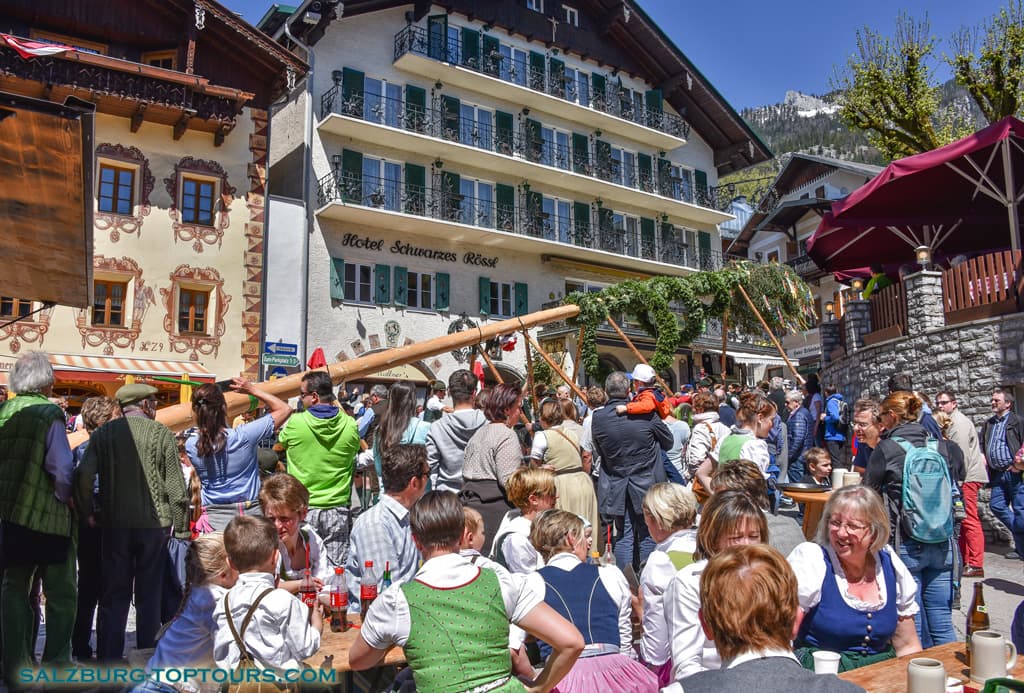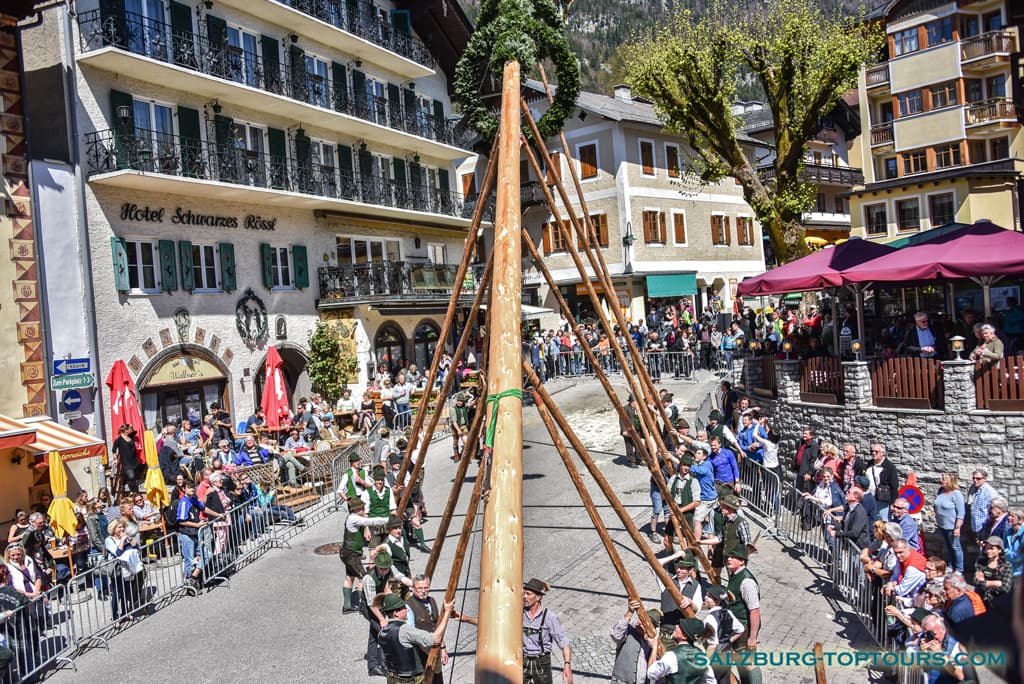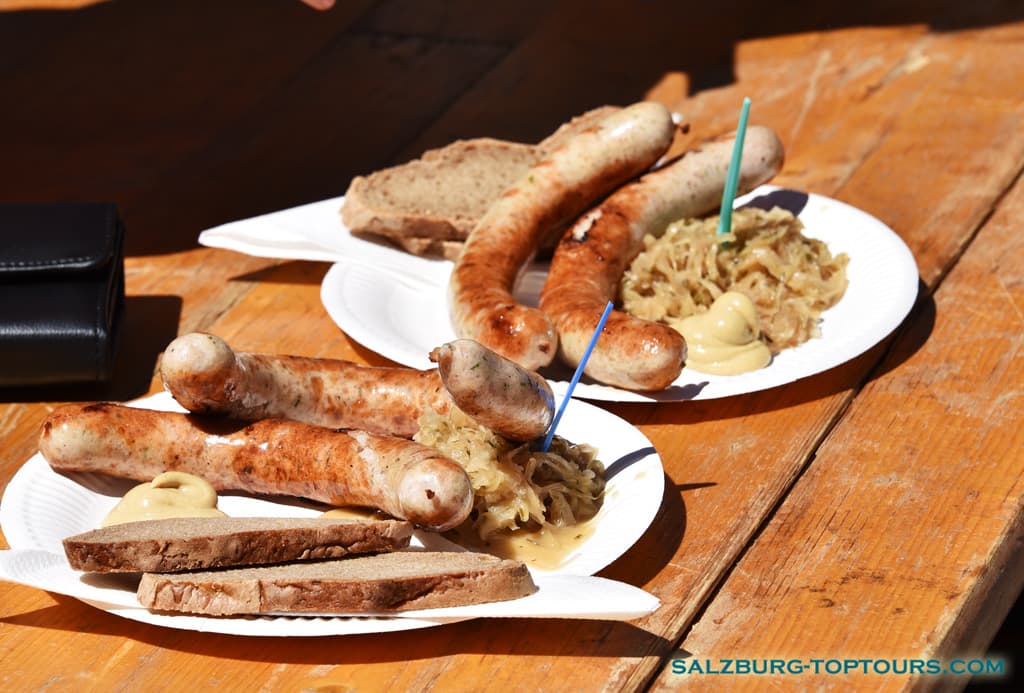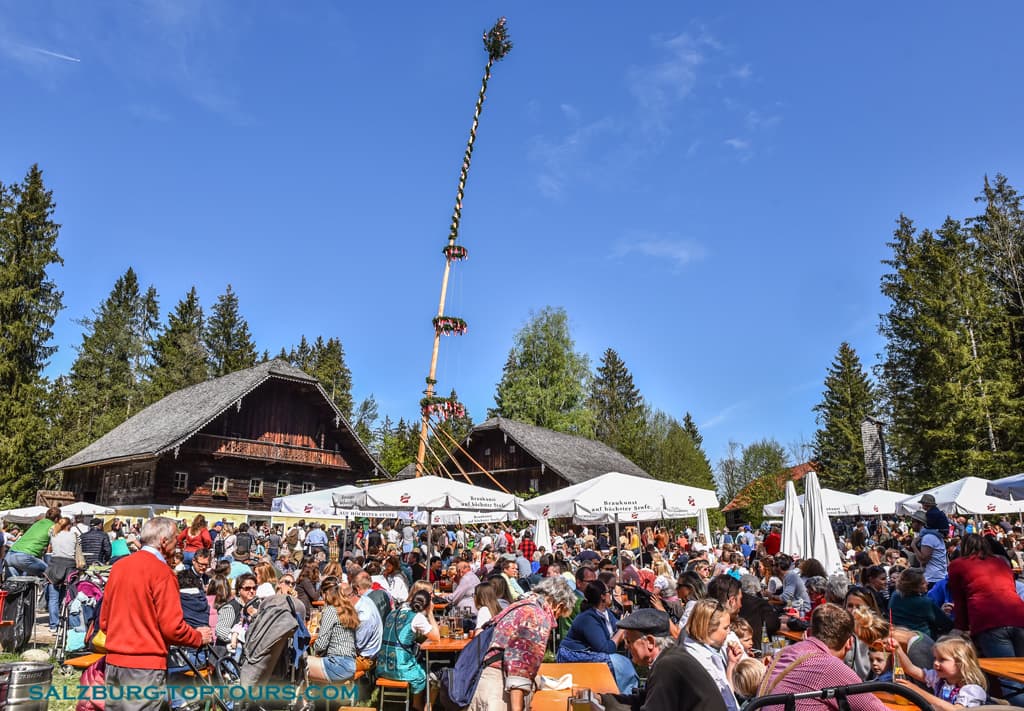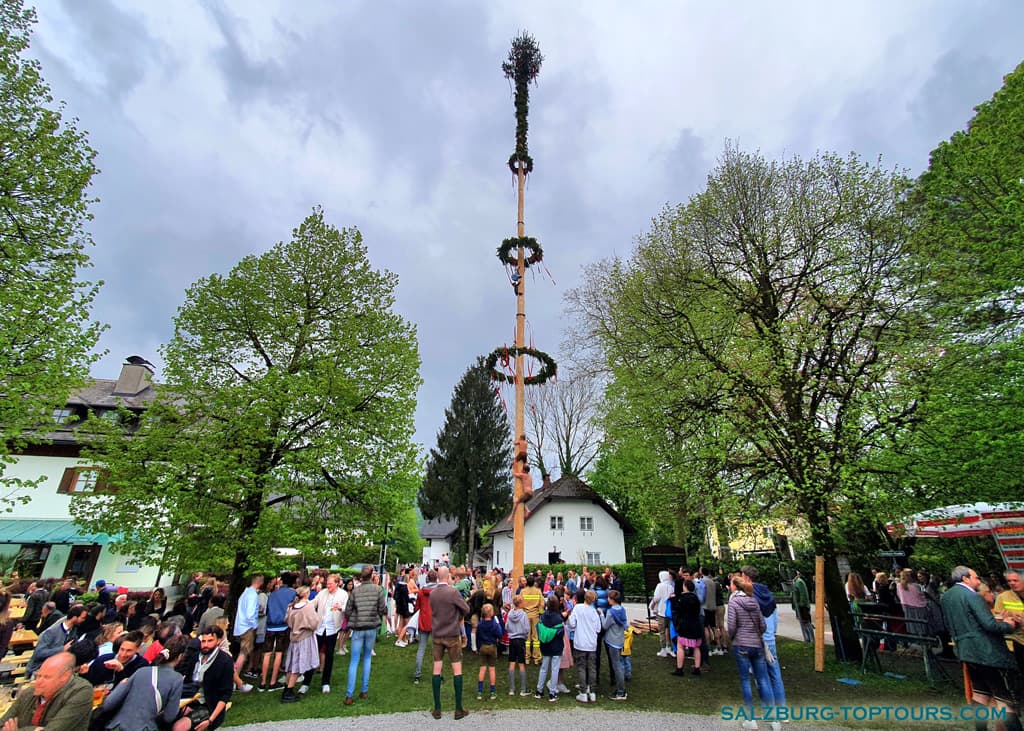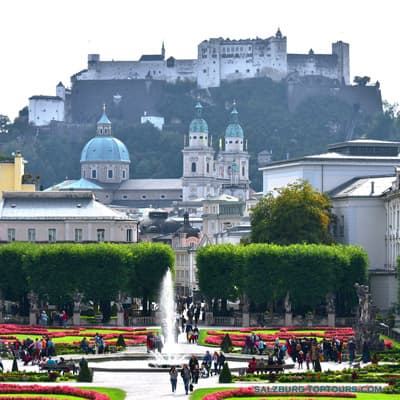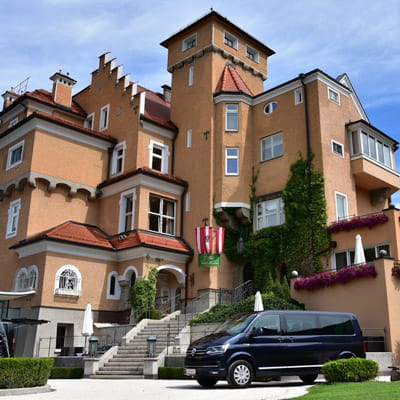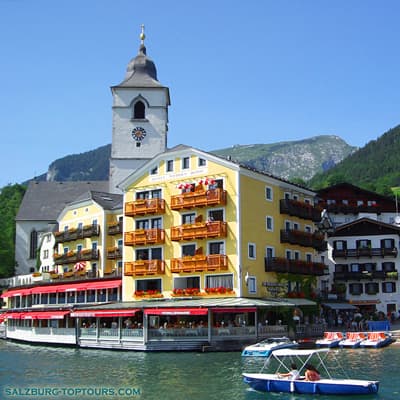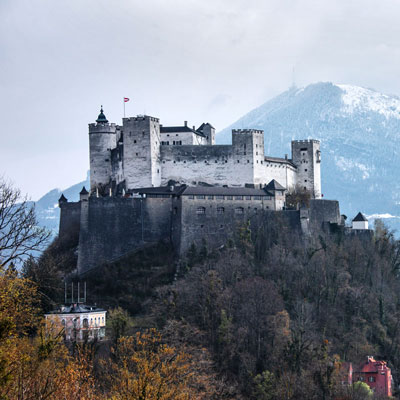Maypole tradition in Austria
May 1st is celebrated worldwide as Workers' Solidarity Day. However, even before the emergence of trade and labor unions on April 30th, ancient Europe had the tradition of holding triple processions of mummers who, with the sound of pipes, bells, and rattles, chased away evil spirits on Walpurgis or Philippi Night.

In addition, some people raised the trunk of a century-old tree as a symbol of fertility and the beginning of the warm season. The custom of putting up a maypole is widespread in various European countries, such as the Czech Republic, Slovakia, Poland, Austria and Germany. The tradition of decorating a tree trunk varies from country to country and region to region. Generally, the trunk is taken from a spruce tree and the bark is removed, leaving only the green crown. On the eve of the festival, the trunk, which weighs 2-3 tons, is brought by tractor to the center of the village. The green crown is then decorated with a wreath of pine needles, colorful summer flowers and freshly baked pretzels. Then the assembly begins, which takes about 2-3 hours, depending on the size of the tree and the number of participants.
In some areas of Austria, only unmarried men participate in a tradition to show their strength to girls. Another tradition is to steal a maypole and demand a ransom in exchange for sweets and drinks. However, cutting down or felling a heavy tree trunk is now prohibited by the police and carries the risk of heavy fines. During the maypole raising, visitors enjoy folk music, drink beer and lemonade, and eat simple yet filling foods such as sausages, grilled chicken, and tortillas with sauerkraut.
The festivities usually begin at noon, and the various contests around the tree start in the late afternoon, once the maypole is firmly in place. Finally, the young people climb up the smooth trunk of the maypole to retrieve the gifts placed at the top, which are usually bread or sausages.
The erection of the maypole is a long-standing tradition in Salzburg, which I would like to share with you during my excursions in the first week of May.
The 1st of May is a public holiday in Austria.
